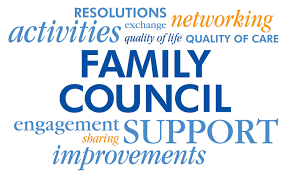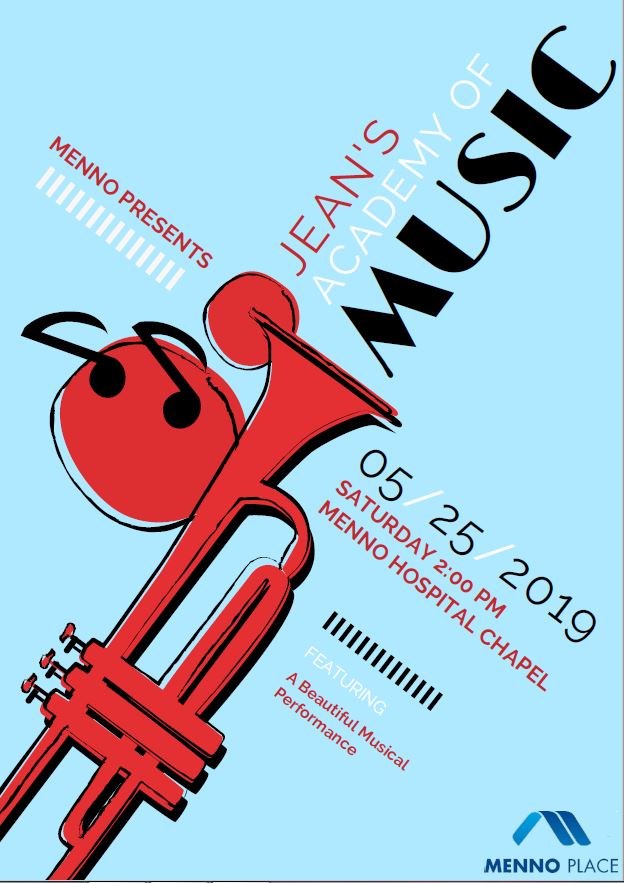Chapel Cancelled May 12: Menno Home & Hospital
Due to an outbreak of GI symptoms in Menno Home and respiratory outbreak at Menno Hospital, the Chapel Services at both the Home & Hospital Chapesl will be cancelled for Sunday, May 12th.
Family Council – Home & Hospital

Family and Friends (Family Council) Connections
Thursday, May 16 2019
*New Time 3:00 – 4:00pm
*New Location Hospital Conference Room
(Front Entrance of Menno Hospital near Fireside Café – little hallway to your left just past Receptionist – Leslie’s desk)
Coffee, Tea, Refreshments are provided
Our next Family Council meeting will be on May 16, 2019. We will be meeting in the Menno Hospital Conference Room (near the Fireside Café- behind Receptionist Leslie Calbick’s desk) from 3-4pm.
Guest Speaker: Smitha Varghese – new Menno Hospital Care Manager
We hope that you are able to attend.







